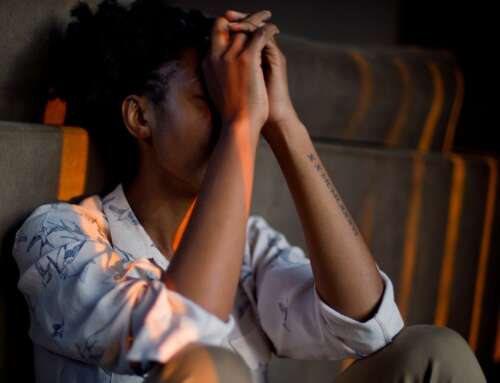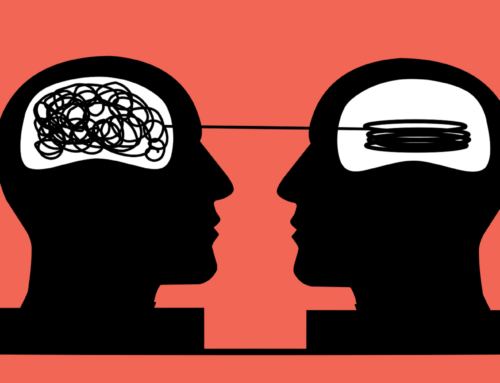For much of her life Anne Dalton battled depression. She seldom spoke with people. She stayed home a lot. The days dragged on with a sense of “why bother?” for the 61-year-old from New Jersey who used to work at a Wall Street investment firm. After trying more than a dozen combinations of antidepressant drugs to no avail, things got so bad two years ago that Dalton went in for electroconvulsive therapy—in which “basically they shock your brain,” as she puts it.
Like Dalton, most of the estimated 16 million U.S. adults who have reported a major depressive episode in the past year find little relief even after several months on antidepressants—a problem that some researchers say may stem from the way mental illness is diagnosed.
Objective lab tests can physically confirm heart disease or cancer, but psychiatric conditions are classified somewhat vaguely as clusters of reported symptoms. Doctors consider people clinically depressed if they say they have low mood and meet at least four additional criteria from an overall list of nine. Yet depression can manifest differently from person to person: One might be putting on pounds and sleeping much of the time whereas another might be losing weight, feeling anxious and finding it difficult to sit still, says Conor Liston, a neuroscientist and psychiatrist at Weill Cornell Medicine. “The fact that we lump people together like this has been a big obstacle in understanding the neurobiology of depression,” Liston explains.
New research published by Liston and colleagues in Nature Medicine seems to point toward a long-sought goal in psychiatry—biological markers to distinguish different kinds of depression. The researchers used a noninvasive technique called functional magnetic resonance imaging (fMRI) to measure the strength of connections between neural circuits in the brain. Analyzing fMRI scans from more than 1,000 people, of whom about 40 percent had been diagnosed as depressive, the team identified four subtypes of depression. If confirmed in additional studies, the findings could enable clearer diagnoses and pave the way for personalized therapies targeting brain networks found to be awry in individual patients.
– Esther Landhuis
Read more: Brain Imaging Identifies Different Types of Depression







Leave A Comment